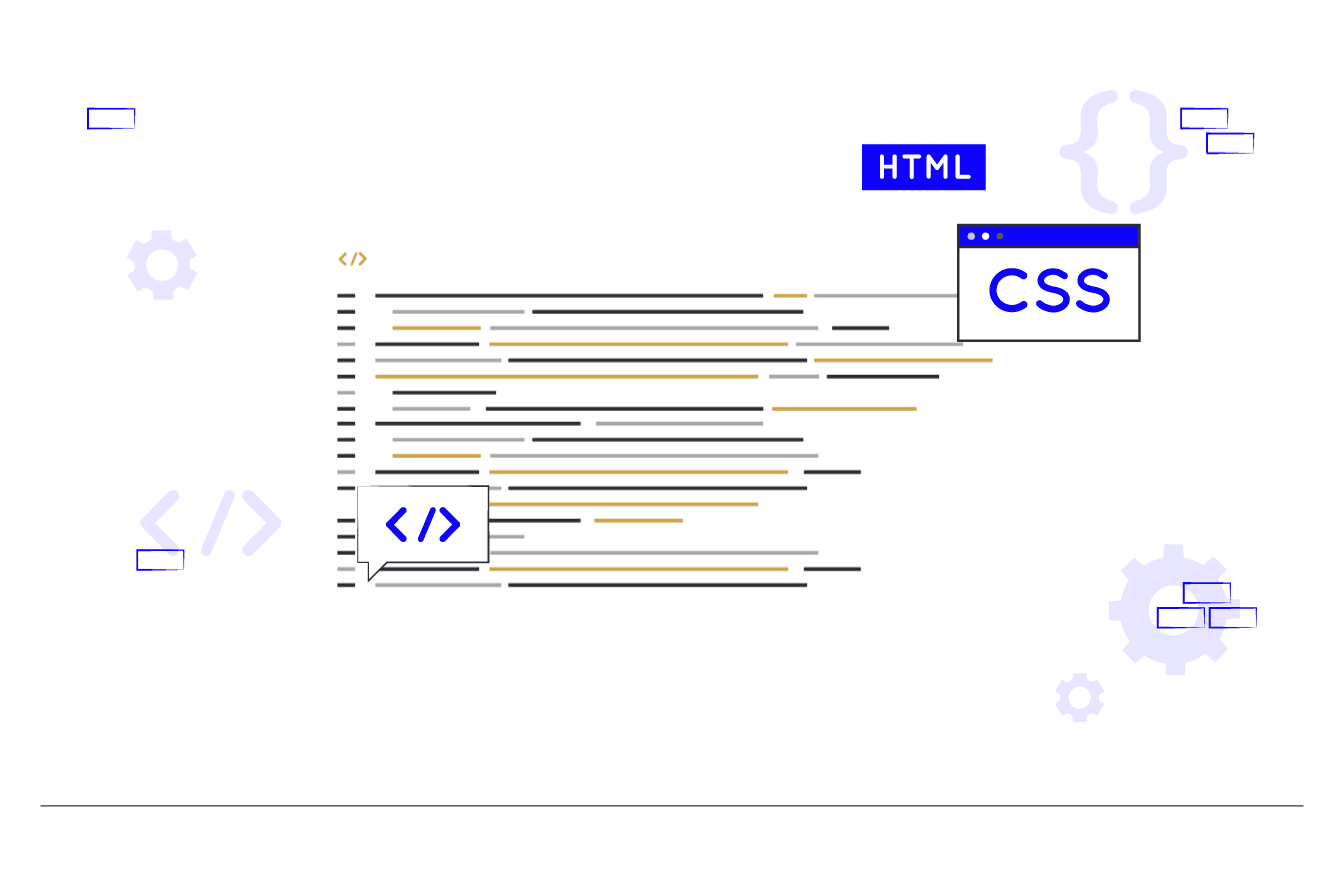As we look towards 2025, the world of software development continues to evolve at lightning speed. At Stateside, our role as experts in nearshoring and IT talent augmentation means staying one step ahead. Based on trends from TIOBE, Stack Overflow, IEEE Spectrum, and GitHub, here’s our projection of what the future holds for the tech world:
AI-Centric Languages on the Rise
One of the most significant changes we anticipate is the rise of programming languages centered around artificial intelligence (AI). Python has led the AI and data science revolution and is expected to maintain its dominance in this field. However, languages like Julia and R are also gaining popularity as companies invest in data-driven solutions. These languages’ ability to handle large volumes of data and perform complex analyses positions them as essential tools in the era of AI.
The demand for AI skills is rapidly growing, and companies are looking for talent that can develop and maintain systems based on this technology. AI and machine learning roles are now among the most sought-after in the job market.
Continuous Evolution of JavaScript
JavaScript isn’t going anywhere. However, frameworks like React, Angular, and Vue constantly evolve, pushing the language to adapt further as developers prioritize speed, flexibility, and robust UX/UI. This means JavaScript must adapt to remain relevant.
The developer community is excited about the language’s innovations, suggesting that JavaScript will continue to play a fundamental role in building engaging and responsive web experiences in 2025.

Prioritization of Performance and Security
As companies seek to improve the scalability and stability of their applications, languages like Rust and Go are gaining traction. Rust, known for its focus on safety and concurrency, is becoming a popular choice for system development. Go, on the other hand, is valued for its simplicity and performance in cloud development environments.
The trend toward prioritizing performance and security reflects a shift in how companies approach software development. As applications become more complex, the need for languages that offer safety and efficiency becomes critical. This trend suggests that Rust and Go could become standard tools across various industries in the coming years.
Demand for Open Source Talent and Remote Flexibility
Collaboration in open-source environments is on the rise, highlighting the increasing demand for skills in this area. GitHub has been a key driver in this phenomenon, facilitating open-source contributions that foster innovation and collaboration among developers. With the hybrid work model becoming the norm, top talent will seek roles that offer both impact and flexibility.
Companies looking to attract and retain high-quality talent will need to adapt to these new expectations. Remote flexibility and the opportunity to contribute to meaningful projects will be crucial in meeting developers’ demands in 2025.
TypeScript Everywhere
TypeScript has gained significant adoption within the development community, and it is expected to continue its ascent. With its ability to improve code quality and integration into the JavaScript ecosystem, TypeScript is becoming a preferred choice for large-scale projects.
The reliability of TypeScript and its focus on writing safer code have made it an essential language for both new and experienced developers. As companies seek to enhance their software quality, TypeScript will play an increasingly important role in developing complex applications.
Conclusion
As we move toward 2025, the evolution of AI-centric languages, the ongoing relevance of JavaScript, and the growing demand for performance and security become essential factors for the competitiveness of development professionals. Adaptability and openness to new technologies will be key to navigating the future of software development. At Stateside, we are committed to connecting our clients with developers who not only master current technologies but are also prepared to face the industry’s challenges in the future.



